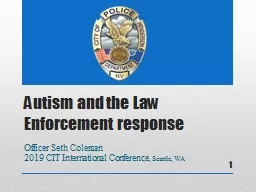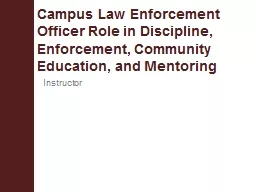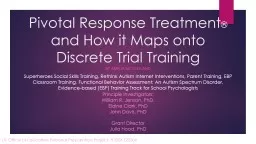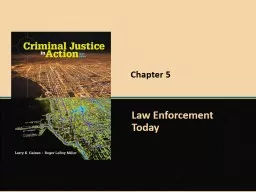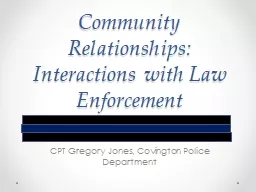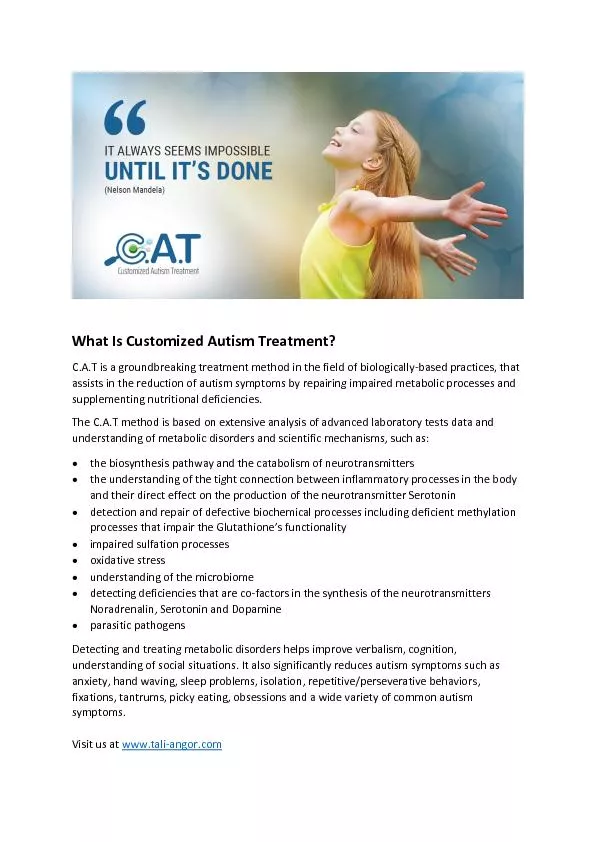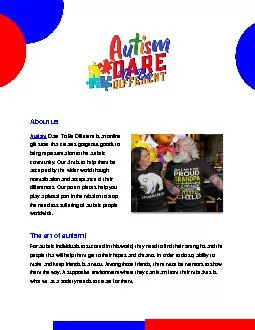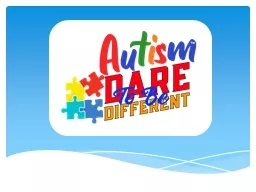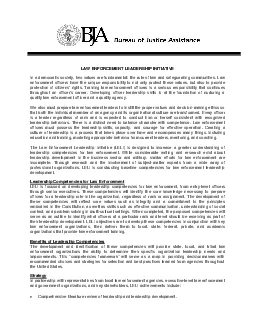PPT-Autism and the Law Enforcement response
Author : pasty-toler | Published Date : 2020-04-02
Officer Seth Coleman 2019 CIT International Conference Seattle WA 1 Overview and ADA Diagnosing Autism Behaviors amp Characteristics Common Therapies Autism Related
Presentation Embed Code
Download Presentation
Download Presentation The PPT/PDF document " Autism and the Law Enforcement response" is the property of its rightful owner. Permission is granted to download and print the materials on this website for personal, non-commercial use only, and to display it on your personal computer provided you do not modify the materials and that you retain all copyright notices contained in the materials. By downloading content from our website, you accept the terms of this agreement.
Autism and the Law Enforcement response: Transcript
Download Rules Of Document
" Autism and the Law Enforcement response"The content belongs to its owner. You may download and print it for personal use, without modification, and keep all copyright notices. By downloading, you agree to these terms.
Related Documents

